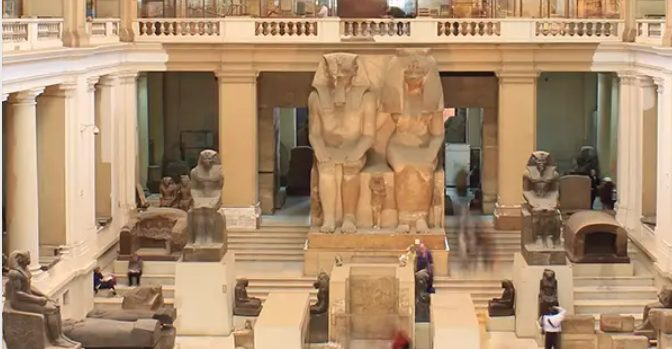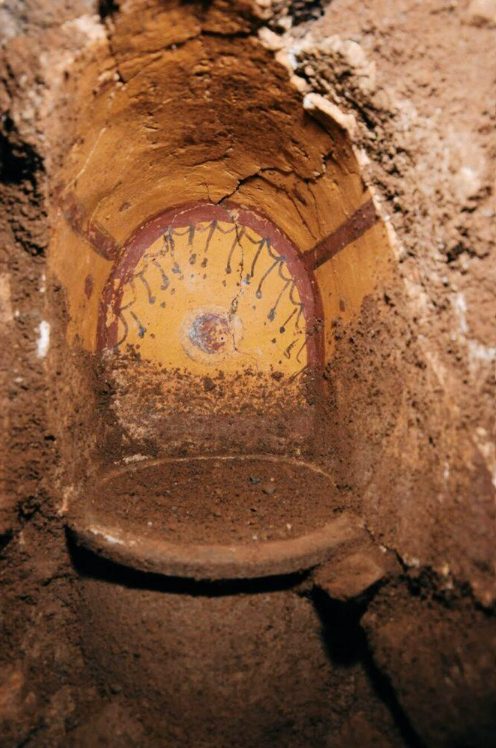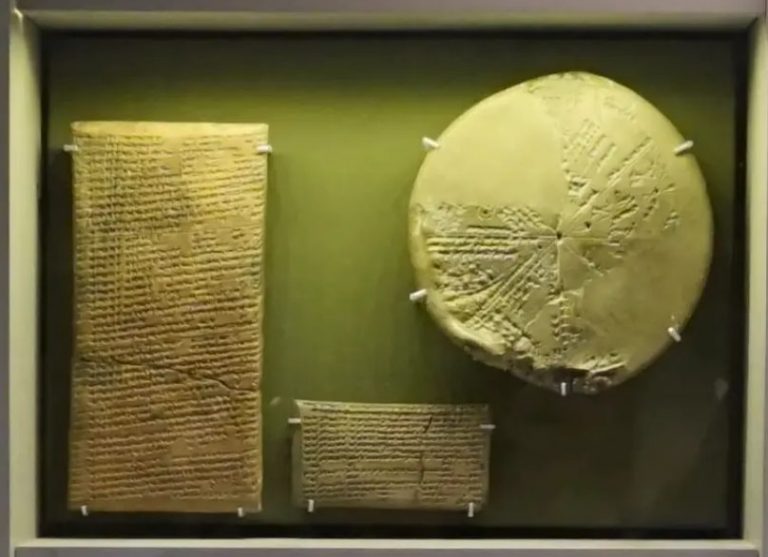
Museums around the world stand as living testaments to the remarkable progress humanity has achieved throughout history. These institutions proudly display artifacts that represent the ingenuity and advancements that have shaped our present-day civilization. Yet, amidst the vast collections of excavated and examined relics, there remain certain enigmatic objects that defy conventional understanding and continue to perplex scientists and researchers.

These unexplained wonders offer glimpses into ancient technologies that seem far ahead of their time, bizarre ruins that defy architectural norms, and strange discoveries that challenge our understanding of the past. They leave us with more questions than answers, beckoning us to delve deeper into the mysteries they hold.
One such mystery is the Antikythera Mechanism, an ancient Greek device discovered in a shipwreck off the coast of the island of Antikythera. Dating back to the 2nd or 1st century BCE, this intricate mechanical device has astounded scholars with its complexity. Using a system of gears, it was designed to track astronomical positions and predict celestial events with astonishing accuracy. The sophistication of this ancient analog computer has raised questions about the level of technological knowledge possessed by the ancient Greeks.

Moving on to the realm of bizarre ruins, we encounter the Great Zimbabwe, an archaeological site located in present-day Zimbabwe. This ancient city, built between the 11th and 15th centuries, features massive stone walls and structures that display remarkable architectural precision. The advanced craftsmanship and intricate designs found at Great Zimbabwe have sparked debates about its purpose and the society that constructed it. The absence of written records has only deepened the mystery, leaving experts to speculate about the true identity of the builders and the reasons behind its eventual abandonment.
In addition to technological wonders and architectural enigmas, the world also presents us with strange discoveries that challenge our understanding of the past. Take the Baghdad Battery, for example. Unearthed in Iraq in the 1930s, this collection of clay jars, copper cylinders, and iron rods has led to intriguing speculations. Some experts believe that these objects could have been early batteries, capable of producing electric currents. If true, this discovery would rewrite the history of electricity, suggesting that ancient civilizations possessed knowledge that was previously unattributed to them.

These unexplained wonders serve as reminders that our knowledge of the past is incomplete and that there is much more to learn about the achievements and mysteries of ancient civilizations. They ignite curiosity and push scientists and researchers to question long-held assumptions. As new technologies and research methods emerge, we can hope for further insights into these enigmatic artifacts, allowing us to uncover the secrets they hold and expand our understanding of human history.
In the realm of archaeology and scientific exploration, the unexplained wonders challenge us to embrace the unknown and venture beyond the boundaries of conventional wisdom. They remind us that despite the progress we have made, there is still much left to discover, unravel, and understand. As we continue to explore and unravel the mysteries of our past, these enigmatic artifacts will continue to captivate our imagination and drive us forward in the pursuit of knowledge.






